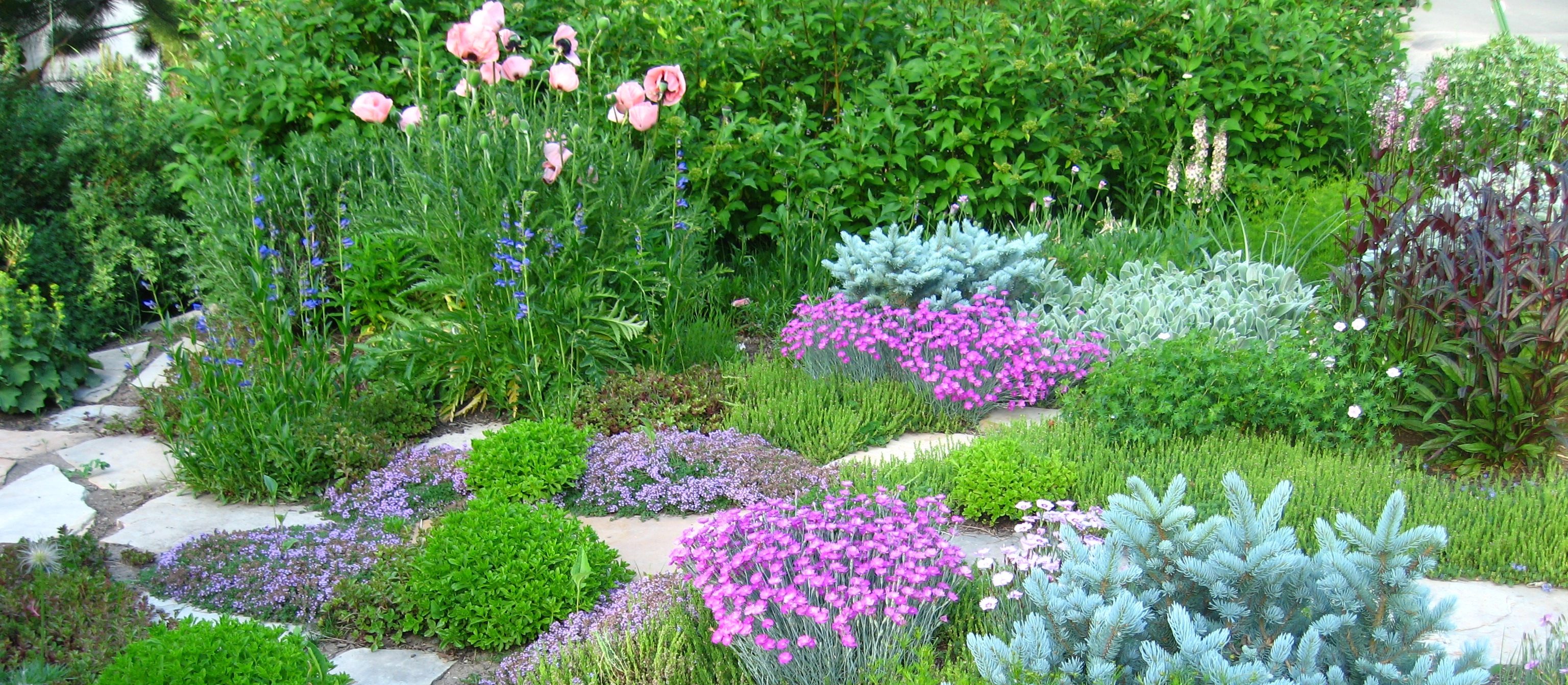Composting Year Round with Dana Maurer
Dana Maurer has mastered composting even in our cold, snowy winters. She is the compost master and is willing to share her tricks and tips for successful composting.
What kind of composting do you do?
I use the aerobic method of composting. I layer my greens and browns and let sit for 1 week then toss it all together. After that, I toss it every 2 -3 days and add water as needed. I use a large tumbler as well as large garden pots for this.
What do you find is the best mix and ratio for your compost?
I use the 1:3 green to brown ratio for my composting. Green includes any kitchen fruit or veggie kitchen scraps except onion and citrus; grass clippings and garden cuttings. Brown includes aspen leaves; pine needles, toilet paper rolls, egg cartons, packing cartons, etc. For the quickest compost, I pulverize all brown in my Vitamix.
I store the greens in a 10-cup seal-tight container under my sink and once it’s full I mix a batch! (10 cups green to approx 24 – 30 cups brown)
Can you compost in the winter?
Yes! My first winter I started what I call “small batch composting” using larger flowerpots. I kept reading that it was counter productive to add new compost to old compost. Mixing smaller batches and then combining in the tumbler keeps the composting moving forward so I use this process all year now.
To toss frozen compost, I put the small pot in a larger bin inside to thaw, mix and re-freeze. Freezing actually breaks the compost down even faster.
How long does the process take?
After 1 week most of the mix is unrecognizable but I like to let it “simmer” for about 1 – 2 months before I use it. The more you can breakdown your greens and browns, the quicker it composts.
What mistakes have you made with your compost?
Compost needs a lot of water in our dry climate. It took me a while to realize this. Also wet compost breaks down faster. Also at first I didn’t pulverize my browns. This isn’t totally necessary but does help the mix to compost much faster.
Compost is very forgivable. If it’s too wet, or too brown you can keep adding until you have the right balance.
What advice do you have for people just getting into composting?
Any one can compost anywhere. It’s a small commitment but has a HUGE impact on our world. Find a seal tight container to collect your greens that fits under your sink and a bin for your browns. In the winter I mix a batch once every month and more in the warmer months. Composting is extremely rewarding and fun!
Is your compost mainly used for your vegetable beds?
I use my compost all over our yard, in all of our beds – flower and vegetable and even on my hillside. I started special blend for my hillside because last summer I added a bunch of flowers and the ground didn’t seem to have a lot of nutrients. I mix aspen leaves and dead headed flowers together for a quick, easy batch and spread that around the hillside.








WOW! That was fast! 🙂
Dana
>